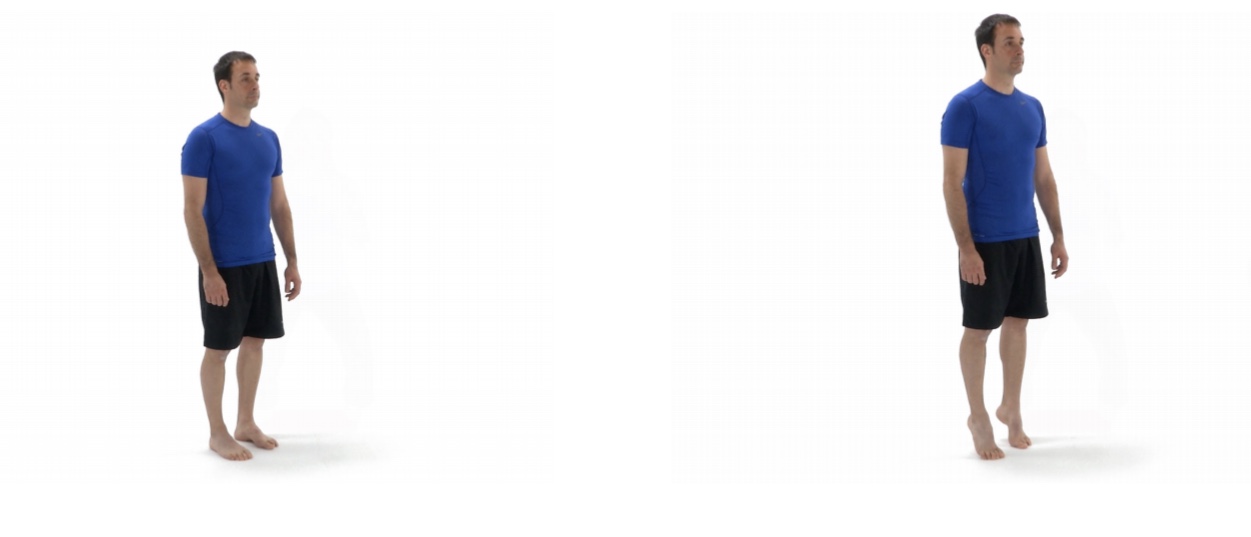I’m Training For a Marathon, How Can I Avoid Getting Injured?
Training for a marathon can be a daunting prospect, but don’t worry, if you plan well and look after your body an amazing achievement is well within your grasp.
As Chartered physiotherapists, we have dealt with hundreds of running injuries over the years and managed to help people over the finishing line on almost every occasion. Like anything in life however, prevention is better than cure! So, here are some helpful tips on how to avoid injury during your marathon training.
Tip 1: Follow a Training Plan
It’s a very useful idea to use other people’s experience to ensure you train effectively for the event. There are numerous websites that provide free marathon training plans that have been tried and tested, so instead of winging it, why not follow one of these training plans:
Edinburgh Marathon Training Plans
Cancer Research’s Marathon Training Plans
Virgin Money’s Marathon Training Plan
Tip 2: Incorporate Strengthening Exercises
As most of the training plans advise, “core” strength training is vitally important when you’re training for a marathon. But here at MLH Physio, we like to take that a step further. Core or stomach exercises are a part of an overall exercise plan which need to include exercises to strengthen your legs, hips and back, to cope with the endurance required to train and compete in any distance run.
Here are a selection of exercises that will help to strengthen your vital running muscles
1. Clamshell
Lie on your side with both legs slightly bent. Lift your top leg, keeping your pelvis stable, your leg slightly bent and your heels together. Rotate your hip so that your foot and your kneecap are pointing upward during the movement. Return to the initial position and repeat.
2. Abdominal plank
Place the elbows directly under the shoulders and prop yourself on the elbows, keeping a neutral back and head aligned with the spine.
Hold the position
3. Standing plantar flexion
Stand upright and raise on the tip of your toes.
Lower yourself and repeat.
4. Bulgarian split squat
Start in a split squat position with your rear foot elevated on a step. Bend the knees to lower your body.
Do not move your weight forward as you lower.
5. Step-down
Place the involved leg on the edge of a step.
Bend the knee to lower the free foot to the ground, without putting any weight on it on the floor. To make sure you're not pushing with your free foot, raise the toes up when on the floor.
Keep the kneecap in line with your 2nd toe.
Straighten your leg and return to the starting position.
Your heel should not lift.
These exercises are useful throughout your training, but you should look to do more at the beginning and taper off towards the final weeks of training.
Tip 3: Work on Your Recovery
Following a long run, you are looking to recover as quickly and as well as possible to enable you to continue your training with less risk of injury and post-run pain.
Ensure you are stretching after the run, use a foam roller or have a massage. Some people find ice baths useful, but you must be a brave person to try it!
Tip 4 Eat and Drink Well
Nutrition and hydration are so important when training for a marathon. A runner who weighs 60kg will burn 2,250 calories during a marathon and 3-6 litres of fluid. Make sure to follow a good balanced and varied diet containing protein and vitamins after the run to ensure muscle building and regeneration can occur. Consume carbohydrate before a run to keep your energy stores high.
Tip 5: Wear Appropriate Running Shoes
Correct footwear is important, especially for long distance running. You need a shoe that supports your foot but doesn’t restrict your movement. It’s also important to make sure your shoe still does its job; the mid sole of a running shoe can get worn out and not supportive before the shoe looks old and tatty. As a rule, if your shoe has run 450-500 miles, it might be time for some a new pair.
Tip 6: Enjoy it!
Try not let the pressure of the event cause you stress. Too many times we see clients who have a minor problem that they have ignored and now it’s affecting their training. Seek help early, a good physio will not treat you unless you need it. Sometimes reassurance is a great treatment. You may have a specific goal or just be worried about completing the race, so stick to the training plan, look after yourself, don’t ignore problems and you will have a great race!
If you’re training for a marathon and you’re suffering from any aches and pains, don’t hesitate. Book online for a treatment or diagnosis and get back to running pain-free!





